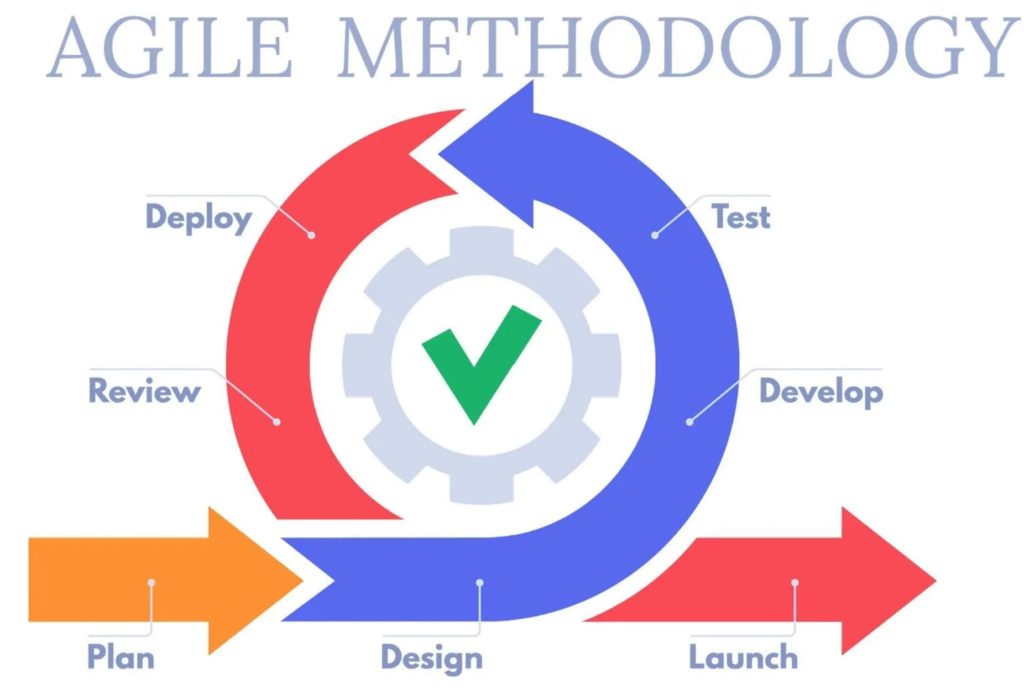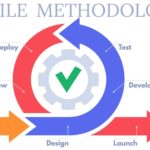So what is agile project management?
Agile project management is an innovative and iterative approach to managing software development projects that focuses on continuous releases, small but manageable work targets, and incorporating customer feedback with each and every iteration. It is also known as a method that values human communication and feedback, adapting to change, and producing working results.
Software development teams that apply agile project management methodologies increase their development speed, enhance collaboration, and increase the ability to better respond to market trends.

Below are 4 major agile values
- Individuals and interactions over processes and tools
- Working software over comprehensive documentation
- Customer collaboration over contract negotiation
- Responding to change over following a plan
- Our highest priority is to satisfy the customer through early and continuous delivery of valuable software.
- Welcome changing requirements, even late in development. Agile processes harness change for the customer’s competitive advantage.
- Deliver working software frequently, from a couple of weeks to a couple of months, with a preference to the shorter timescale.
- Business people and developers must work together daily throughout the project.
- Build projects around motivated individuals. Give them the environment and support they need, and trust them to get the job done.
- The most efficient and effective method of conveying information to and within a development team is face-to-face conversation.
- Working software is the primary measure of progress.
- Agile processes promote sustainable development. The sponsors, developers, and users should be able to maintain a constant pace indefinitely.
- Continuous attention to technical excellence and good design enhances agility.
- Simplicity–the art of maximizing the amount of work not done–is essential.
- The best architectures, requirements, and designs emerge from self-organizing teams.
- At regular intervals, the team reflects on how to become more effective, then tunes and adjusts its behavior accordingly.
Key Personnel in an Agile Team
- Product Owner
They are basically the owner of the product. They also act as a mediator between the scrum team and the business user. In such a process, they represent the stakeholders of the project and thus they help in setting direction for product development or project progress. They understand the requirement as a user and have the skill and power to prioritize the works for a given sprint. For this purpose, they keep track of the backlog items, understand the purpose of the backlog stories and assign their priority accordingly. They are also involved in product sign-off at the end of the sprint and basically, make decisions on accepting or rejecting the sprint outcomes. These decisions are made to ensure that product has been developed properly and meets the business requirement properly. In short, their activities include scrum backlog management, release management, and stakeholder management.
2. Scrum Master
Scrum Masters are like a monitor of the scrum team. They ensure team coordination and help the team to have day-to-day works run smoothly. The Scrum Master works directly with the Product Owner and ensures the instructions from the product owners relating to the project works and priorities are fulfilled effectively. Scrum Masters facilitate the daily scrum meetings and other agile meetings like sprint planning and retrospective meetings. They ensure that communication is smooth within the team. They will also help in coaching the team in fulfilling the agile practices in the project. They facilitate collaboration and help eliminate hurdles/bottlenecks which might occur in the team.
3. Development team
The Development team in an agile project doesn’t just include developers (like programmers, UX specialists) but rather includes testers, analysts, product designers, solution architects, and so on. The members in an agile development team depending on what the project is trying to accomplish. These members work in collaboration every day in order to achieve the project goals /requirements and convert them to a tangible product for end-users.

Key meetings in Agile projects
These are key meetings that happen in an agile project
- Daily Standup meeting
This meeting happens every day at a fixed time schedule for 15 minutes. At this meeting, agile team members assemble together and tell 3 major items: What did they work on yesterday? What are they planning to work on today? Do they have blockers on their work?
2. Sprint Planning meeting
This is a team planning meeting that happens before the sprint works formally starts. At this meeting, the team members discuss what to complete in the upcoming sprint. They pick the user stories which they are going to work on and also assign the story point to each story.
3. Sprint Review and Retrospective meeting
This meeting happens at the end of the sprint and here team members talk about the sprint that just ended. They discuss what went well during the sprint, what did not go well during the sprint, what could have been done better or how can these processes be made better in the future. They also create a list of lessons learned throughout the last sprint during this meeting.
4. Sprint Demo meeting
In this meeting, the team shows the demo of the product they have completed during the sprint to various stakeholders. The end outcome of this meeting could be that the demo would pass for further work, or the demo gets some feedback so that team needs to work on to accommodate such feedback into their end-product.

